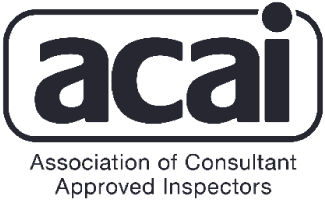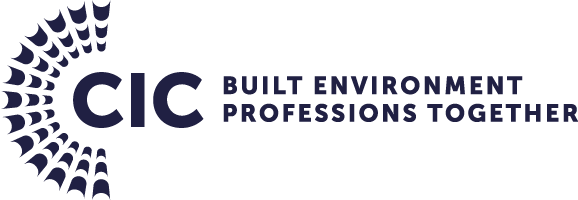Understanding the Role of a Dutyholder: Responsibilities and Importance
Responsibilities of a Dutyholder
In various industries, particularly those with inherent risks to health, safety, and the environment, the concept of a “duty holder” plays a pivotal role in ensuring compliance and maintaining a safe working environment. Dutyholders are individuals or organisations tasked with specific legal responsibilities to manage and control risks. In this blog post, we will delve into the duty holder role, its responsibilities, and its significance in ensuring the well-being of employees, the public, and the environment.
Defining the Dutyholder
A dutyholder is a term commonly used in regulatory frameworks, primarily in industries such as construction, mining, offshore drilling, and healthcare. The duty holder can be an individual or an organisation, and their main role is to manage and control risks associated with their activities. The concept of a dutyholder stems from the idea that those who create, manage, or influence risk should also bear the responsibility for its control.
Risk Assessment and Management:
One of the primary responsibilities of a dutyholder is to conduct thorough risk assessments within their domain. This involves identifying potential hazards, evaluating risks, and implementing measures to mitigate those risks.
Compliance with Regulations:
Dutyholders must ensure strict adherence to relevant laws, regulations, and standards. This includes safety regulations, environmental laws, and industry-specific guidelines. Non-compliance can lead to legal consequences and, more importantly, increased risk.
Allocation of Resources:
Dutyholders are responsible for allocating the necessary resources, such as finances, personnel, and equipment, to effectively manage and control risks. This includes providing training, safety equipment, and emergency response plans.
Communication and Reporting:
Dutyholders must establish clear channels of communication within their organisation and with relevant stakeholders. They are responsible for reporting incidents, near misses, and any changes that could impact safety and risk management.
Continuous Improvement:
The dutyholders role extends to fostering a culture of continuous improvement in risk management. This involves regularly reviewing and updating risk assessments, safety procedures, and mitigation measures.
Importance of the Dutyholder Role
Safety and Well-being:
The primary objective of a dutyholder is to protect the safety and well-being of employees, contractors, and the public. By actively managing risks, dutyholders contribute to a safer work environment and prevent accidents and injuries.
Legal Compliance:
Dutyholders play a crucial role in ensuring that their organisation complies with all relevant laws and regulations. This not only mitigates legal risks but also promotes ethical and responsible business practices.
Reputation and Trust:
Organisations with strong dutyholder systems in place tend to have a better reputation and gain the trust of employees, customers, and investors. This can lead to enhanced business opportunities and long-term sustainability.
Environmental Stewardship:
In industries that have an environmental impact, dutyholders are responsible for minimising harm to the environment. This includes measures to reduce pollution, conserve resources, and mitigate ecological damage.
To conclude, the role of a dutyholder is a crucial element in risk management and ensuring safety and compliance within various industries. By actively identifying, assessing, and controlling risks, dutyholders not only protect the well-being of those involved but also contribute to the long-term success and sustainability of their organisations. Recognising the importance of this role and dedicating resources to fulfil its responsibilities is essential for achieving a safer, more responsible, and legally compliant working environment.



